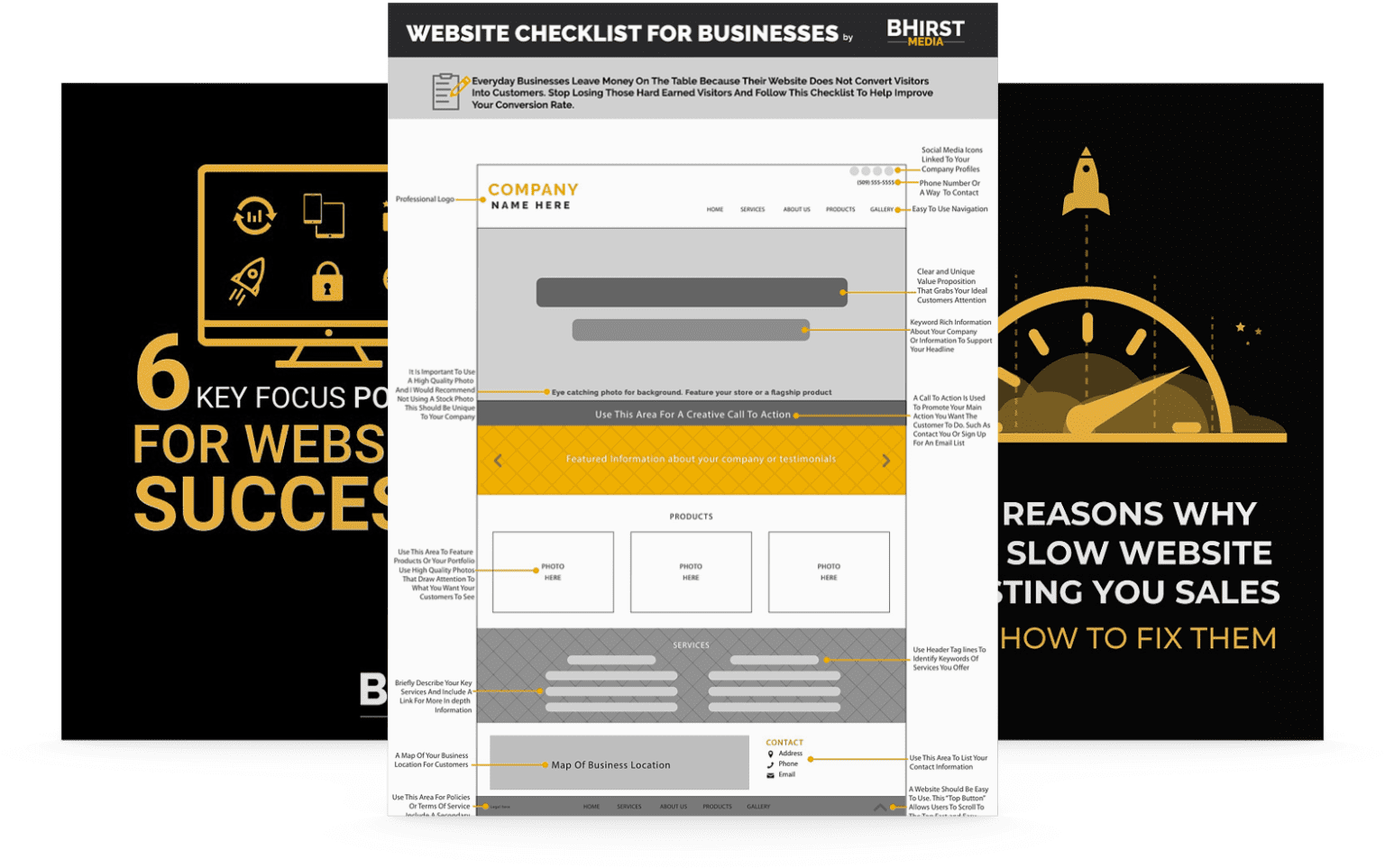
Consistency in marketing creates lasting impressions, helping small businesses thrive in competitive markets. Let’s dive deeper into actionable strategies and tools to ensure your brand remains visible and relevant.
In a world where attention spans are fleeting, maintaining customer interest is essential for small business success. Consistent marketing for small businesses isn’t just helpful; it’s indispensable for establishing brand recognition and fostering trust.
From healthcare providers maintaining regular communication with patients to financial advisors offering consistent market insights, regular engagement ensures your business remains top-of-mind. These efforts, when executed via low-cost strategies like social media, email marketing, and SEO, create a foundation for growth that sporadic efforts simply can’t replicate.
Let’s explore how these daily habits and strategic approaches can transform your small business into a market leader across various industries.
A small business’s visibility and customer acquisition are greatly influenced by how consistently it markets itself. This isn’t just about sending out occasional promotional content; it’s about creating a rhythm in marketing activities that resonates with consumers. Psychologically, consistency builds trust. Regular communication through various marketing channels helps keep your brand at the top of mind for potential customers—akin to the steady drip of a leaky faucet that eventually fills a bucket. Customers begin to recognize your brand’s presence, which makes them more likely to engage with, consider, and ultimately purchase from you.
Consistent marketing ensures your business remains on the market radar even when you’re not actively selling. Consider The Cardboard Box Store, a small business in Los Angeles. They started with a simple rule: post something interesting on social media daily. Over time, their followers grew, and their consistent content strategy improved their Google search rankings. This sustained effort led to a 25% increase in organic website traffic, illustrating the power of ‘showing up’ regularly. Across industries, consistent marketing efforts can yield similar results, whether in retail, healthcare, or technology. For small businesses, this means not just surviving but thriving through persistent and thoughtful interaction with the market.
Now that we’ve established why consistency in marketing is paramount, let’s delve into strategies that small businesses with limited resources can employ to maintain this consistency.
Implementing marketing strategies doesn’t have to drain your budget. Small businesses can leverage several low-cost tactics to ensure their marketing remains consistent and effective. Here are a couple of approaches that can be adapted to fit any budget:

This involves creating valuable, relevant content regularly to attract and retain a clearly defined audience. Small businesses can start with a content calendar, a cost-effective way to plan posts. A study by HubSpot found that companies that blogged 16 or more times per month received nearly four times more traffic than businesses that didn’t blog at all. From blog posts to infographics, consistent content reinforces your brand’s expertise and provides value to your audience.
Often overlooked, email is a direct line to your customer. With tools like Mailchimp, you can send out newsletters or promotions. Jane’s Cupcakes, for instance, utilized email marketing campaigns to ensure consistent communication with their customer base. They achieved an impressive 35% open rate and a 5% click-through rate, highlighting the effectiveness of personal and timely communication. Similarly, a healthcare provider can use email marketing to share health tips and appointment reminders, or a financial advisor can send out weekly market updates.
Having explored low-cost daily strategies, it’s essential to understand how to gauge our progress and success in achieving consistent marketing results.
Understanding the impact of your marketing efforts is vital. For small businesses with limited staff, the right tools can help automate and track these activities without requiring a deep dive into data analytics. Here are two key areas:
Tools like Buffer or Hootsuite provide insights into audience engagement, follower growth, and optimal posting times. For example, Wildfire Coffee, a tiny coffee shop, used Buffer to consistently post about their brewing techniques and local events. Over six months, they saw a 30% increase in local followers, which translated to higher footfall during weekend promotions. In the healthcare sector, a clinic might use these tools to monitor patient engagement with health tips posted on social media.
This free tool is invaluable for tracking website performance. Set up goals to track conversions, monitor where your traffic comes from, and analyze behavior flow to understand visitor journeys.
Equipped with these tools and metrics, let’s explore actionable steps that small businesses can take to ensure their marketing remains consistent and yields measurable results.

Here are some practical, no-fuss strategies to keep your marketing efforts consistent and relevant across various industries:
With your marketing consistently in motion, the next steps involve refining your approach as your business evolves.
Consistency in marketing is a critical driver of small business success. By following a disciplined approach, leveraging affordable strategies, and using the right tools, small businesses can achieve sustained visibility, build trust, and foster meaningful customer relationships. In an era defined by fleeting consumer attention and fierce competition, businesses that prioritize consistent marketing are more likely to not only survive but thrive. Start today with small, regular actions—it’s those consistent efforts that lead to long-term growth and success. Looking ahead, businesses must adapt to emerging trends, integrate new technologies, and refine their strategies to maintain a competitive edge. How will your business leverage consistent marketing to redefine your operations and capitalize on future opportunities?
